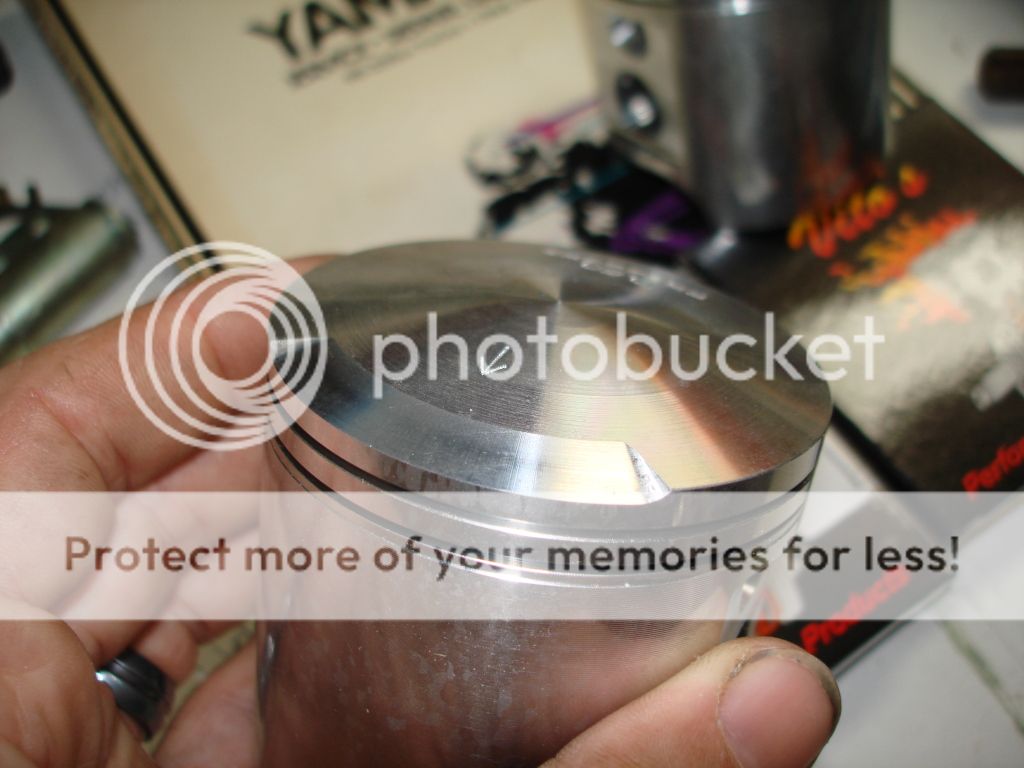Jag's website and work is a wonderful resource, totally agreed.
This 3rd motor of mine is not running yet, so I could still pull it apart again for photos.
I did not drill the crank because vibes were minimal when it was running unported, but so was rpm (30mph top speed).
With 44t I found the ported cylinder's top speed was in the 35-41 mph range dependent on pipe/head/intake.
This was also no load (downhill) max speed as well.
Since it could be varied with pipe/head/intake it is not CDI related but had to be related to resonance tuning.
This is about 10,000 rpm and very hard on bearings (especially when no-load).
I test against a hill for load and as a true judge of HP.
My crank was within 0.002" at the ends of the crankshaft when supported by the bearings.
The cheeks were within 0.007" (hard to measure, rough spots) side to side as supplied.
I beat it with a brass hammer to try truing it and got it to about 0.001" shaft and 0.005" cheeks.
Truing is more complicated than I can describe, and prone to getting worse, so if within 0.003" at shaft, I'd leave it alone.
With reed valved motorcycle and piston port sled engines I've never seen a downside to stuffing. Always had positive results pretty much based on the volume of epoxy I put in. Have never felt it shifted the powerband, just supplied more power throughout the band. It often broadened the powerband actually, as in this stuffed reed box I did on a Blaster:
From previous experience (KTM, Honda CR, Yamaha YT, Blaster, and DT200) raising the exhaust port will raise the no-load and light-load max rpm, as will a shallower combustion chamber, more timing advance, and leaner mixtures. Torque at any rpm is usually built in the other direction with any of these parameters. You can experiment with raised exhaust port by shaving the exhaust side off the top of the piston (cheaper to replace a piston than a ported cylinder) like this:
As for aerodynamics, I mostly don't worry about it. I am not racing, just traveling. At my age comfort trumps small speed gains!

